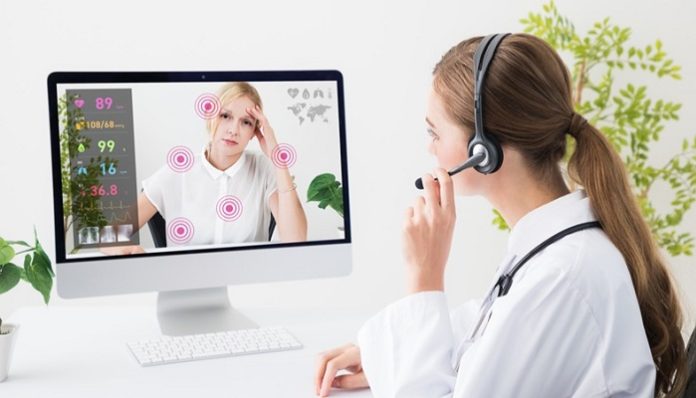The healthcare industry is facing a severe cybersecurity problem, with a notable surge in cyberattacks on US healthcare entities since 2021. Insights reveals an alarming 86% increase in weekly attacks, averaging 1,410 attacks per week. This issue extends globally, and one reason for healthcare’s vulnerability is its historical focus on patient care rather than extensive investments in cybersecurity. However, the landscape changed dramatically due to the COVID-19 pandemic, which accelerated telehealth adoption, persisting into 2023. Moreover, healthcare organizations have partnered with third-party technology vendors to modernize operations, leading to increased risks if security measures are not adequately implemented.
The growing digital integration in healthcare practices has expanded the potential targets for cybercriminals. Given the vast amount of sensitive patient data stored by healthcare entities, they become attractive and lucrative targets for cyberattacks. To safeguard against such threats, organizations need up-to-date threat intelligence to assess risks and bolster their security.
Cyber threat intelligence (CTI) plays a crucial role in providing comprehensive insights into the threat landscape. By aggregating data from various sources, such as open-source intelligence and threat feeds, organizations can make informed decisions on how to detect, prepare for, and respond to cyberattacks. Microsoft exemplifies this approach, collecting 65 trillion security signals daily and employing a large team of security experts to analyze and generate relevant insights for healthcare customers.
Understanding common patterns across various cyber threat data can be more impactful than focusing solely on individual attackers or attack methods. For instance, Microsoft revealed a new ransomware model known as ransomware as a service (RaaS). This model enables one ransomware group to develop the malware payload, offering their services to other cybercriminals who launch the attacks. Studying these broader trends helps security teams understand the steps necessary to protect their operations effectively, such as improving cyber hygiene practices and identity controls.
Initiating a robust CTI program may seem daunting, but it is crucial for a safe healthcare environment. Three key tips to start the threat intelligence journey include gaining a thorough understanding of the landscape, capitalizing on automation to detect threats proactively, and fostering collaboration within the cybersecurity community to share valuable threat intel knowledge and best practices.
As healthcare organizations strengthen their defenses against future cyberattacks, leveraging CTI alongside existing security solutions becomes essential. This approach ensures they remain informed about the current threat landscape and well-equipped to defend against evolving cyber threats effectively.























